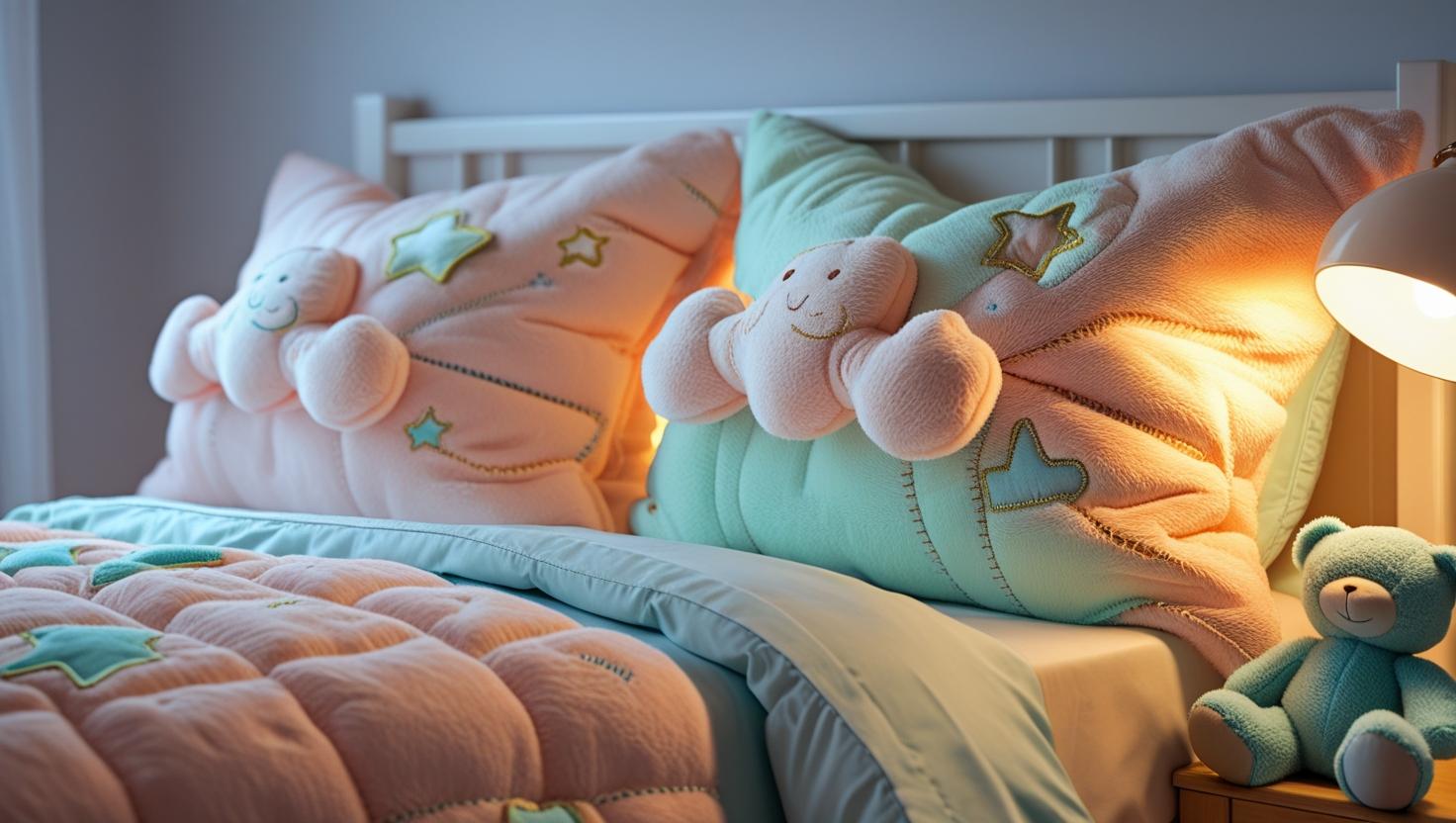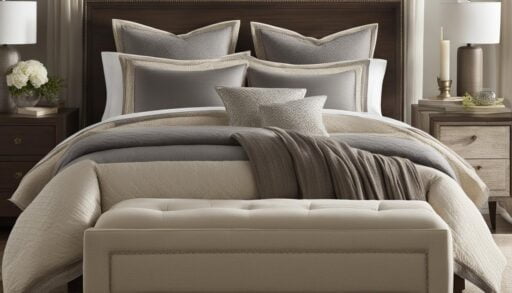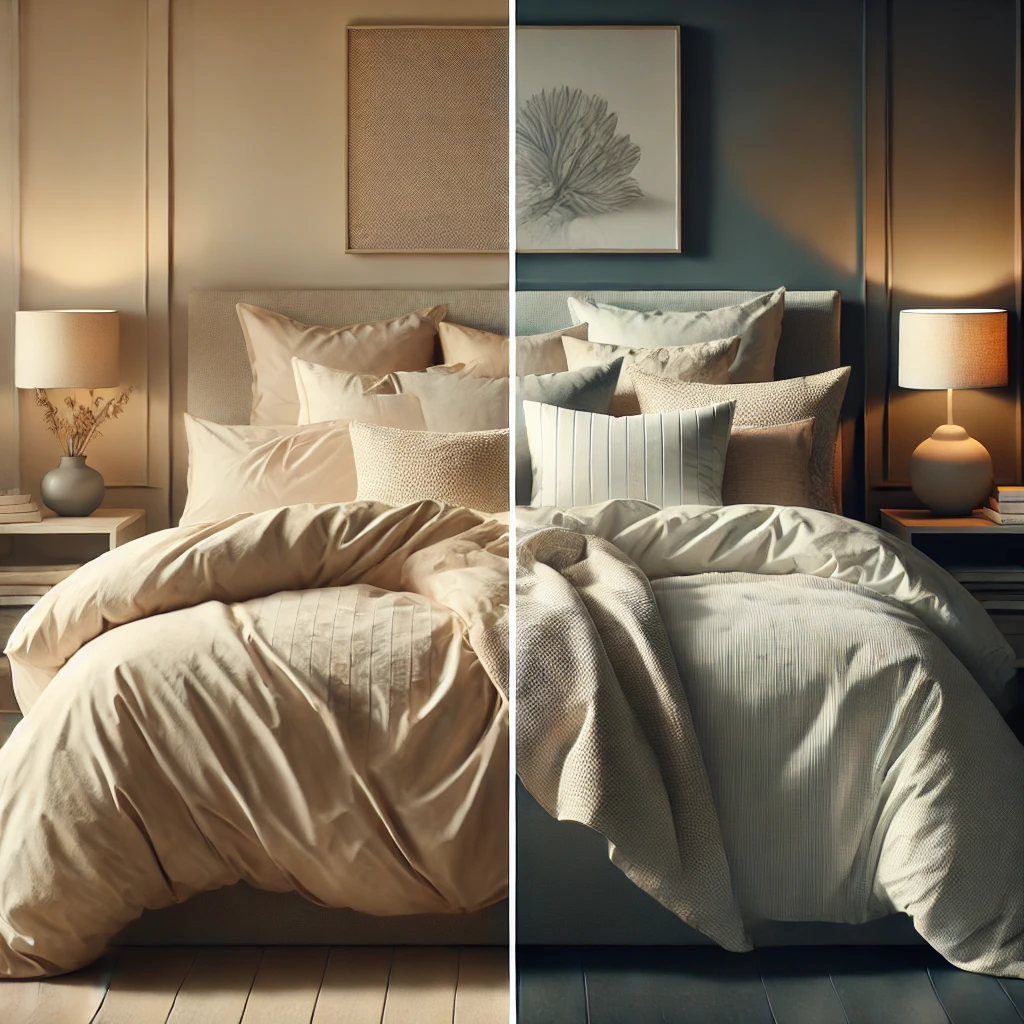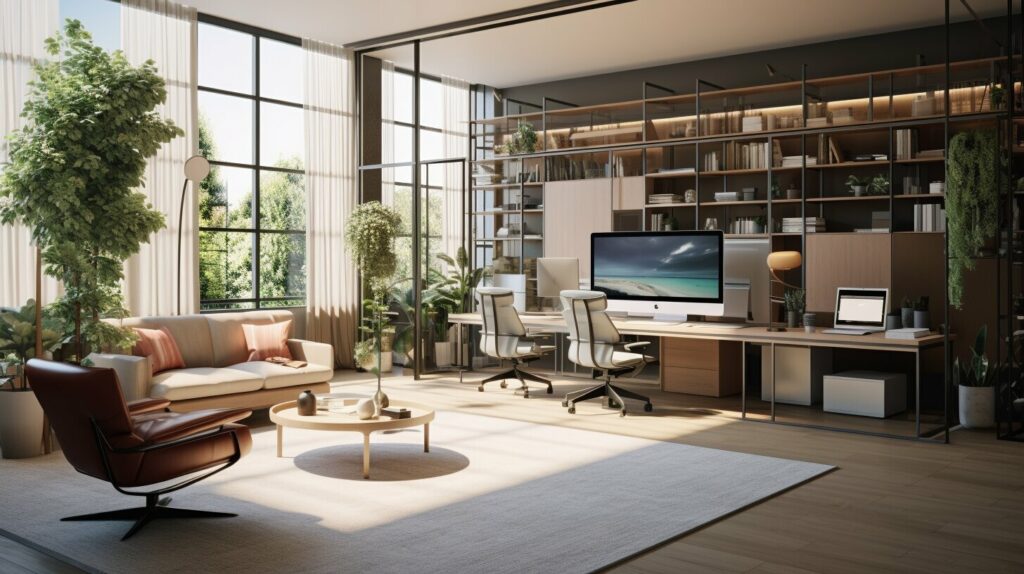Bed Sham Comfort
Bed Sham Comfort brings both elegance and ease to your bedroom decor, transforming a simple bed into a cozy, styled retreat. Learn how to choose, style, and shop for the perfect shams.

Key Takeaways
- Adds style and visual depth to your bedding
- Protects pillows from dust and allergens
- Comes in various sizes and materials to suit every need
- Can be styled seasonally or creatively layered
- DIY options allow for full customization
Why Bed Sham Comfort Matters
There’s nothing like slipping into a well-made bed at the end of the day. Beyond comfort, bed sham comfort elevates your bedroom’s aesthetics. It ties the bedding ensemble together, protects your pillows, and makes your space feel curated and relaxing. According to the Sleep Foundation, shams enhance not only the look but also the hygiene of your bed.
Types of Bed Shams to Know
Understanding the different types of shams helps you find the perfect fit for your bed and style goals. For more, read Orezon’s complete guide to bed shams.

- Standard Sham: 26″ x 20″ — fits standard pillows and commonly found in basic bedding sets.
- Queen Sham: 30″ x 20″ — provides a sleeker, longer look for queen-size beds.
- King Sham: 36″ x 20″ — ideal for king-size pillows and larger beds.
- Euro Sham: 26″ x 26″ — square shams often used to add height and drama.
Finding the Best Material for Your Bed Sham Comfort
The fabric you choose affects not only look and feel but also maintenance. Here are the top contenders:
- Cotton: Breathable, soft, and easy to care for—ideal for everyday use. Trusted by Better Homes & Gardens and Boll & Branch.
- Linen: Textured and elegant, perfect for airy, upscale aesthetics.
- Polyester & Blends: Wrinkle-resistant, budget-friendly, and durable. Popular options are available at Peacock Alley.
Styling Your Bed Sham Comfort Like a Pro
Use bed sham comfort to express your personality and match your room’s mood. Here’s how:
Symmetrical & Simple
Use pairs of matching shams placed evenly on the bed. This look is great for classic or minimal styles.
Mix & Match Magic
Combine textures, colors, and patterns—velvet with cotton, floral with stripes—for an eclectic feel. Our guide on layering throw pillows expands on this.
Pops of Color
Accent neutral bedding with bright or bold shams to create a focal point in the room.
Seasonal Switch-Ups
Rotate your sham collection with the seasons—warm flannel in winter, light linen in summer.
Add Depth with Euro Shams
Stack Euro shams behind sleeping pillows for height and added coziness.
Accent with Decorative Details
Look for embroidery, tassels, or piping to enhance charm and texture.

DIY Bed Sham Comfort: Get Crafty
Custom shams let you control the fabric, size, and details. Use tutorials like these on YouTube to make your own.
Sham vs. Pillowcase: What’s the Difference?
Unlike pillowcases meant for sleeping, bed sham comfort is decorative. Shams feature envelope closures and ornate designs, and they’re typically removed at night.
Where to Shop for Bed Sham Comfort
You can find a wide range of shams at places like West Elm, Target, and boutique stores. They range from simple cotton designs to intricately embroidered options. Explore our top picks for bedding basics for a curated list. You can also browse brands like Peacock Alley for luxury options.
Best Bed Sham Brands Worth Considering
If you’re investing in long-lasting shams, brand reputation matters. Here are a few top picks:
- Boll & Branch — Known for organic cotton and luxury textures that are sustainably produced.
- Pottery Barn — Offers versatile collections with seasonal patterns, perfect for mixing and matching.
- Brooklinen — Affordable, modern shams that balance comfort with clean design.
- Peacock Alley — A high-end choice with elegant embroidery and timeless appeal.
- Target Threshold — Budget-friendly, stylish basics that work for everyday use.
Caring for Bed Sham Comfort
To make your shams last, proper care is key:
- Wash regularly: Every 1–2 weeks if shams are frequently handled.
- Check the label: Cotton can usually handle machine washing, while silk or linen may require delicate cycles.
- Avoid overheating: Tumble dry on low or line dry to prevent shrinking.
- Iron when needed: Especially for linen shams, a quick press keeps them looking crisp.
- Rotate seasonally: Storing delicate shams in breathable bags keeps them dust-free until their next use.
Styling Mistakes to Avoid
Even the best shams won’t shine if styling goes wrong. Here are some common pitfalls:
- Overcrowding: Too many pillows can overwhelm the bed and make it look messy.
- Ignoring scale: Small shams on a king bed or oversized Euros on a twin can throw off balance.
- Clashing patterns: Mixing more than three bold prints can look chaotic instead of curated.
- Skipping inserts: Flat pillows inside decorative shams ruin their shape—always size up inserts for fullness.
Final Thoughts
Incorporating bed sham comfort into your space is a small step that offers big returns. From enhancing your decor to adding a layer of plushness, the right sham completes your bedding story. At Cozy Bed Quarters, we love helping you create a restful retreat that feels personal and stylish. For even more inspiration, don’t miss our guide to bedding materials and benefits.
FAQ
- Do bed shams go in front or behind pillows?
- Typically, decorative shams go in front of your sleeping pillows during the day and are removed at night.
- Can you sleep on a bed sham?
- You can, but it’s not recommended as shams are designed for decoration and may have rough textures or embellishments.
- How often should I wash bed shams?
- Washing every 1–2 weeks is ideal if they’re regularly handled. Less frequent use may only require monthly laundering.
Learn more in our bedtime psychology guide, check our bedding materials breakdown, or explore how to layer throw pillows for added inspiration.
Related Reading from Cozy Bed Quarters
Other Reading We Found Popular
- Architectural Digest – Best Bedding Brands
- House Beautiful – Best Bed Pillows
- Real Simple – Best Bedding Picks













